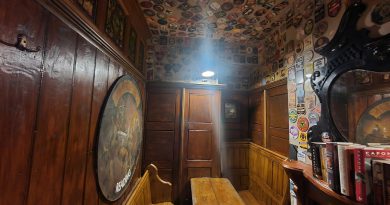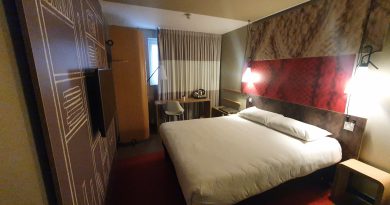Reading – Abbey Gateway
This gateway is one of only two buildings that have remained intact from the vast complex that was Reading Abbey, with the other survivor being the Hospitium of St John the Baptist. This is what was once the inner gateway, separating the area that was used by the public from that section which was used by the monks.
Following the Dissolution of the Monasteries, the structure was used as the gateway to the new Royal residence as the Monarchy had taken over the abbey buildings. It was also where Hugh Faringdon, the last Abbot of Reading Abbey, was executed on the charge of high treason as he didn’t accept the terms demanded of him by Henry VIII and his new order.
The Reading Mercury had reported in 1860:
“For several years this fine specimen of medieval architecture has been rapidly falling to decay. With the view of staying its further progress, some time since the Reading Local Board of Health entered upon negotiations with the owners for its purchase.”
Then there was a little incident. The gateway fell down in a storm in February 1861 (fitting since I’m writing this on one of the country’s largest storms in recent years, also in February) and it was agreed locally that this wasn’t ideal.
The repairs and restoration were led by Sir George Gilbert Scott, who already had plans on how to repair the gateway. There has been another restoration over the last few years to the gateway and the rooms above the arch are used by Reading Museum for school visits. I’m not sure that there’s any access to the general public, although I suspect that the most interesting bits architecturally are all external anyway since it had to be rebuilt.







